Centre for Creative and Cultural Research
11 Kirinari Street
Bruce ACT 2617
cccr@canberra.edu.au
Higher Degree by Research enquiries:
artsanddesignhdr@canberra.edu.au
The DHCCF provides funding to recent graduates of the doctoral program who were members of the CCCR at the UC. The fellowship is project-based and aims to assist the fellow to produce a significant work or body of work related to their doctoral research in the period after the awarding of their degrees.

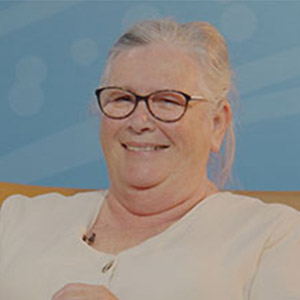
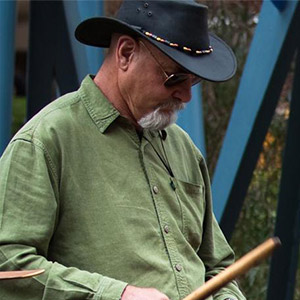
Investigation of the Indigenisation of the Tasmanian University
For the last twelve months I have been Indigenising teaching in the Faculty of Business Government and Law, the Faculty of Health and the Faculty of Science and Technology. My approach has been to teach my own Kamilaroi culture as my culture is similar to a majority of First Nations cultures. The Indigenisation has followed my own design and implementation. This involves implementing Indigenous epistemologies, cultural mores, kinship systems and the history of colonisation. In my research I found that the University of Tasmania has written on and implemented the process of Indigenisation: 'Indigenising the Curriculum: Context, Concepts and Case Studies'. My aim in the fellowship is to investigate how the Indigenisation was implemented and enquire how they overcame difficulties.
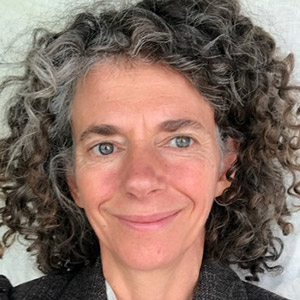
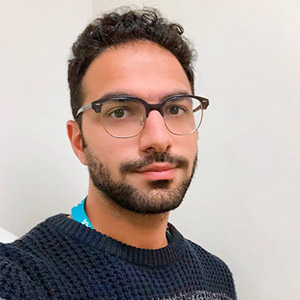
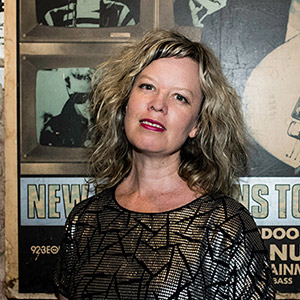
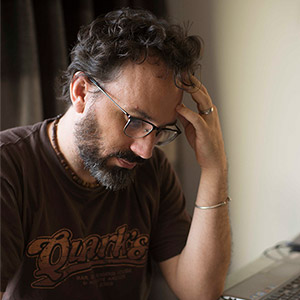
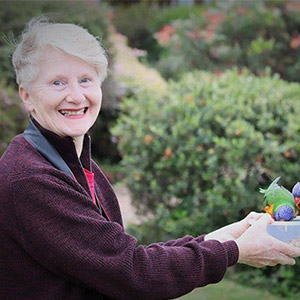

Centre for Creative and Cultural Research
11 Kirinari Street
Bruce ACT 2617
cccr@canberra.edu.au
Higher Degree by Research enquiries:
artsanddesignhdr@canberra.edu.au
UC acknowledges the Ngunnawal people, traditional custodians of the lands where Bruce campus is situated. We wish to acknowledge and respect their continuing culture and the contribution they make to the life of Canberra and the region. We also acknowledge all other First Nations Peoples on whose lands we gather.
